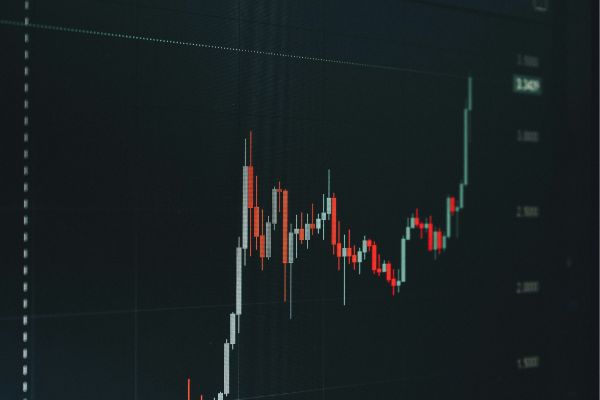The benchmark LIBOR (London Interbank Offered Rate), the official interest rate in which leading banks borrows funds from other banks in the market, is expected to cease by the end of 2021. The FCA has committed to allowing usage and publishing of the rate up until then. However, beyond 2021 the use of LIBOR is likely to be rapidly discontinued.
LIBOR scandal
Since the financial crisis, the volume of interbank lending has declined dramatically which has led to the underlying market (LIBOR) no longer being as widely used and reliably calculated. Furthermore, the scandal surrounding the benchmark over rate manipulation has led to distrust about its reliability and eventually resulted in regulators, including the FCA, announcing the discontinuation of LIBOR. The LIBOR scandal also precipitated the Benchmark Regulation Initiative (BMR) which has completely transformed the way all financial benchmarks and indices are calculated and administered.
Despite the use of LIBOR being less trusted, it was the most popular underlying in 2019 within the structured products market. This underlying accounts for 27.65% of the market ($191billion) where there were over 5,000 products issued, most of which in China. The second biggest place of issuance was the USA. This illustrates that no accepted interest rate replacement has yet been found. Source for data in this piece www.structuredretailproducts.com.
Capital protected products
Over 80% of the live structured products linked to the three month LIBOR are capital protected, with a small proportion being capital at risk. Although the USD three month LIBOR rate made up just over a quarter of the market, the share of products with 3 month LIBOR as an underlying has decreased significantly in the last year. In 2018 the volume of LIBOR products was around $535billion and represented over 50% of the market. In that year nearly 24,000 products were issued, which is almost five times as much as in 2019, showing that not only there is a large decline in sales volume, but an even further decline in how many products are being issued as the 2021 deadline approaches.
Dependence on LIBOR remains
Due to the slow adoption of SOFR (Secured Overnight Funding Rate), it appears that the market is still strongly dependent on LIBOR whilst banks continue to transition over to other rates Therefore, it is likely that we may see products still linked to the LIBOR until the end of 2021. Regulatory change on such a large scale tends to happen quickly close to the hard deadline imposed because it often does not get sufficient priority until it is mandatory. Therefore we are likely to see some short term pain when the cut-off finally occurs.
In the UK, SONIA (Sterling Overnight Indexed Average) is currently seen as the best alternative to the LIBOR. This measures the rate paid by banks on overnight funds. The rate is seen as robust due to it be supported in active and liquid underlying markets thus making the underlying much more sustainable. This will prove more so as we see the volumes of transactions underpinning the rate increase over time.
Overall, the LIBOR market is in decline, which has been driven by the global financial crisis, scandal and the LIBOR rate no longer being such a major indicator of the precise level of interest rates. Despite this though, it seems apparent that that product’s will still be issued with the USD 3m LIBOR as an underlying after 2021 as the market doesn’t seem to believe the banks are ready to completely make the switch by the end of the year.
Tags: Stress testing Investment








